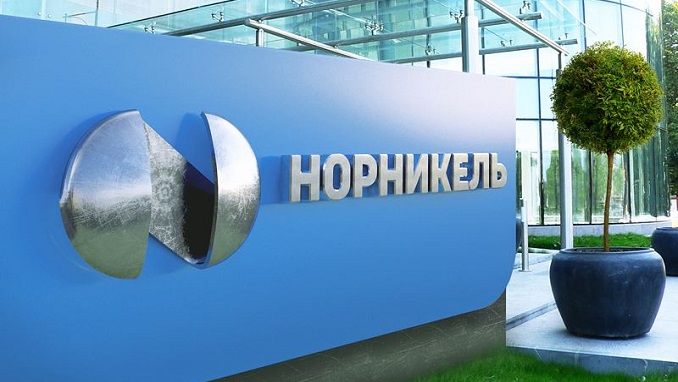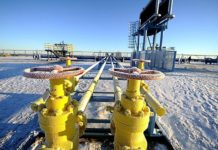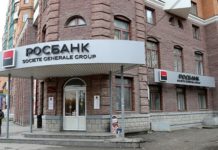Thawing of once permanently-frozen ground covering more than half of Russia is increasingly putting buildings, pipelines and other infrastructure at risk of damage, Bloomberg writes.
According to Alexander Krutikov, deputy minister for the Far East and Arctic development, the Arctic is warming twice as fast as the rest of the world, and that’s a big problem. The economic loss is 50 billion to 150 billion rubles ($2.3 billion) a year, the official said.
“This problem needs to be addressed because the amount of damage will grow every year,” Krutikov said in an interview. “The scale is very serious. The pipes explode, the piles collapse.”
Krutikov’s comments are another sign that Russia, the world’s fourth-biggest emitter, is taking the effects of climate change more seriously, Bloomberg writes. For most of his time in power, President Vladimir Putin has challenged the widely held assertion that global warming is due almost exclusively to human activity. Still, he finally decided to ratify the 2015 Paris climate accord this year and said Russia must do whatever it can to mitigate the impact of global warming.
Rising temperatures are a particular worry for mining, oil and gas companies. The permafrost area accounts for 15% of Russia’s oil and 80% of its gas operations. It is also home to miners including Norilsk Nickel (Nornickel), the biggest refined nickel and palladium producer.
Russia has long built structures on piles to improve stability in the permafrost. But as the ground warms it becomes softer, and there are signs problems are increasing.
“Buildings lost stability as the permafrost warmed,” Nornickel said. That prompted the Arctic city to build the first new homes in decades, with fewer floors and weighing less than traditional properties.
Multiple new craters have also been found in the gas-rich Yamal region, which is a risk to pipelines, and some houses have had to be pulled down in Norilsk, the industrial town where Nornickel operates.












